The 5th Grade teacher on this website uses 'Voicethread' with historical photographs. Click on the video "Ellis Island" to see how primary students build a historical narrative around a visual image. Voice thread transforms media into collaborative spaces with video, voice, and text commenting.
Don't underestimate the importance of historical language in developing historical understanding. Provide opportunities for students to expand their historical vocabulary and to use language for a variety of purposes.
Young students need explicit instructions for when and how to use conventions of language.
Husbands (1996) identifies different types of historical language including:
1. The language of the past (e.g. convict, First Fleet, monarchy, revolution)
2. The language of historical time (century, period, modern, decade)
3. The language of historical processes (cause, chronology, similarity, difference)
4. The language of historical description and analysis (revolution, monarchy, democracy)
Use 'Word Walls' or word charts to help students keep track of information and terminology that is used in a Unit of Work and keep adding new words.






 Your new post is loading...
Your new post is loading...


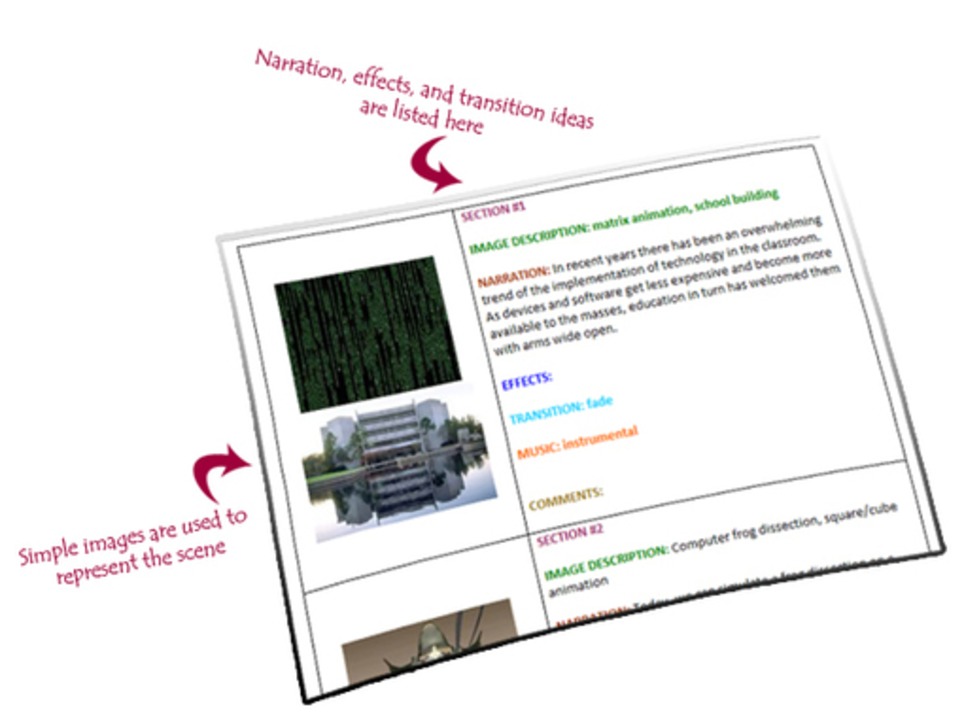
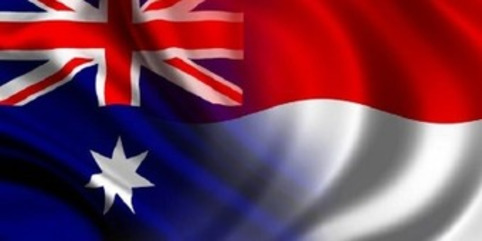
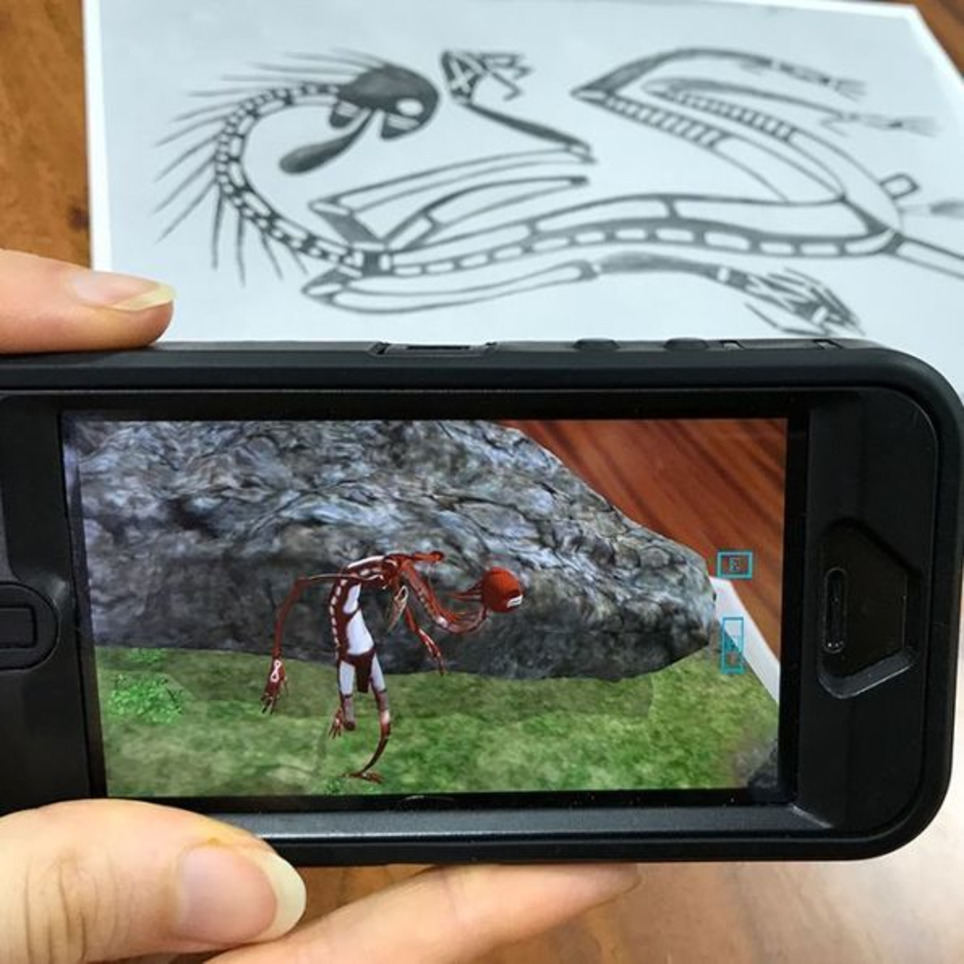
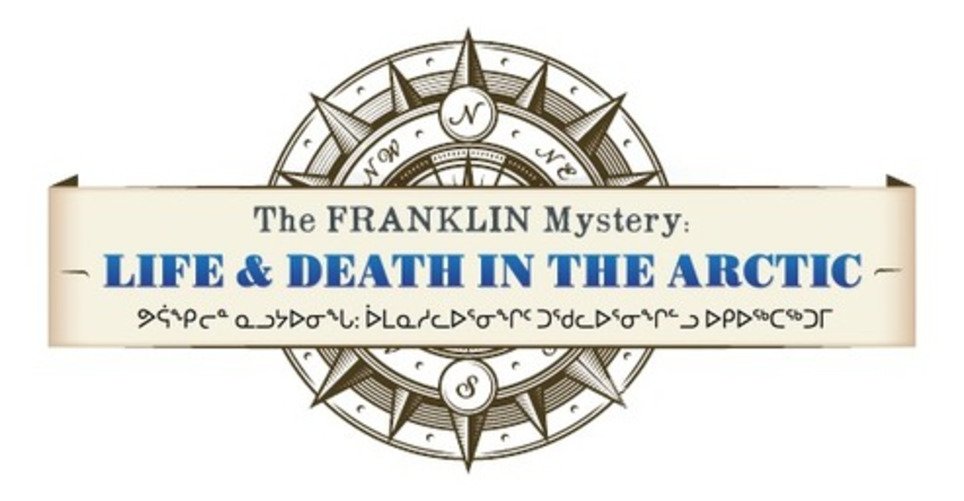
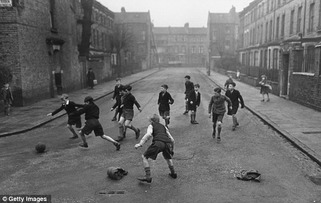
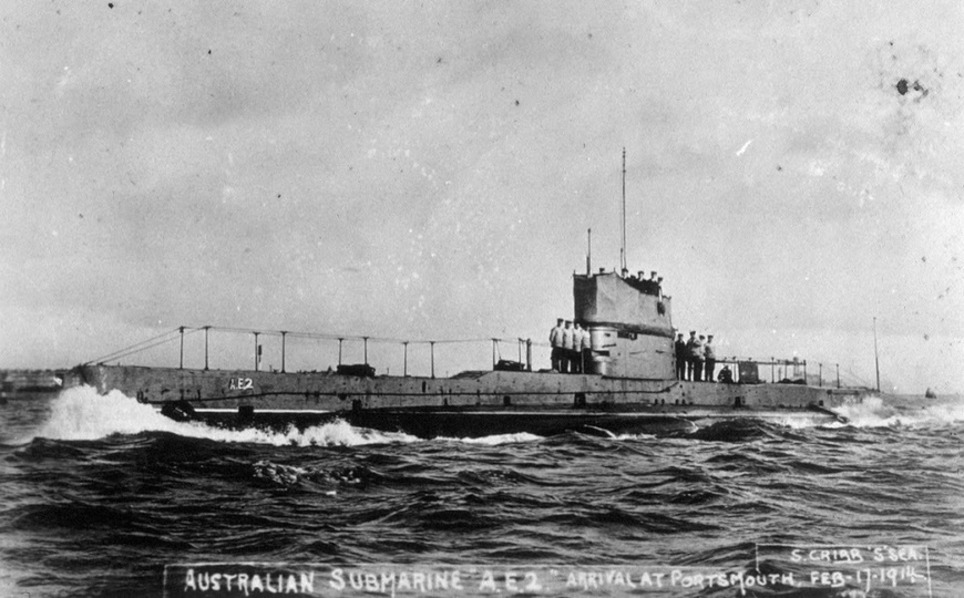














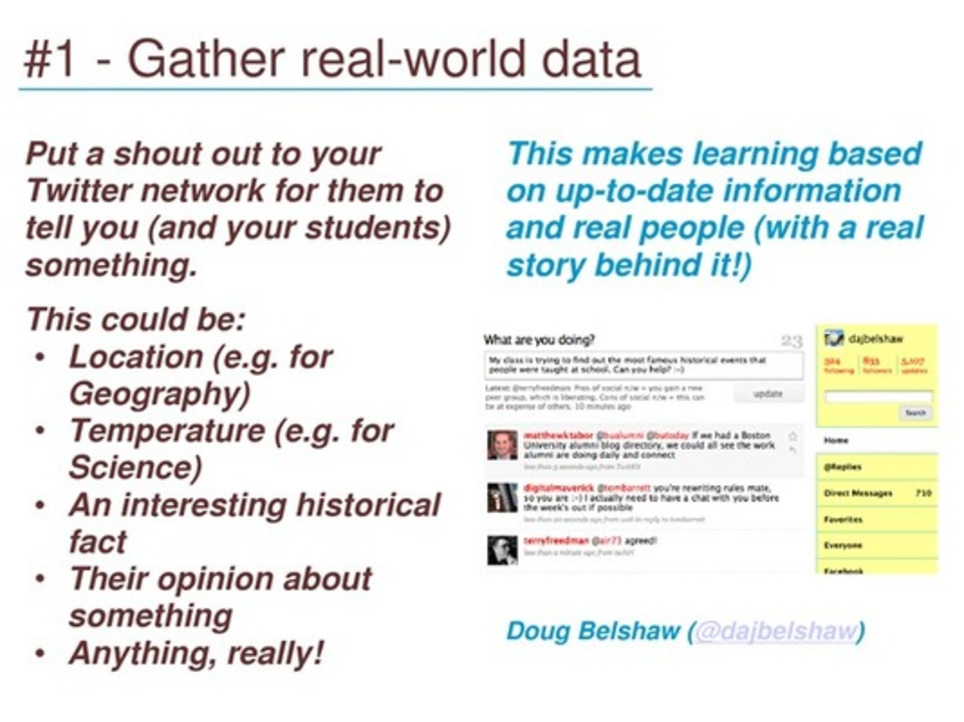



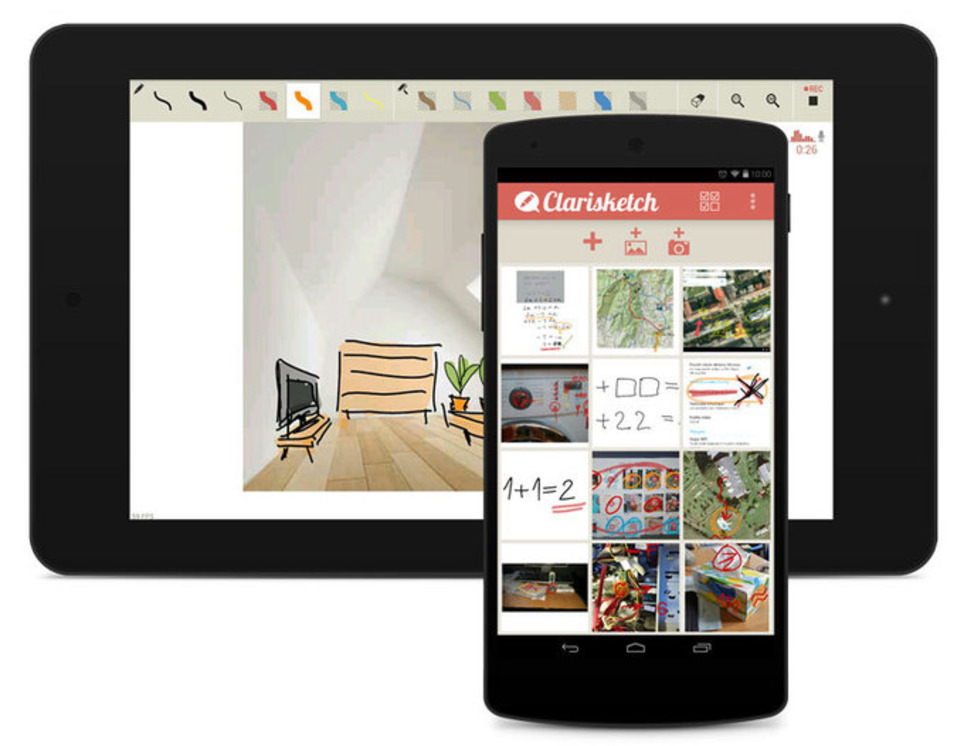
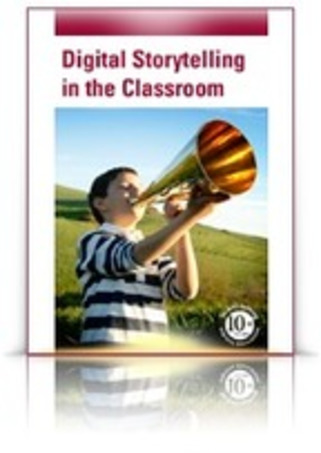
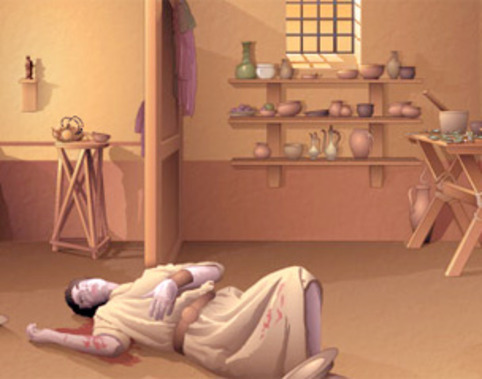
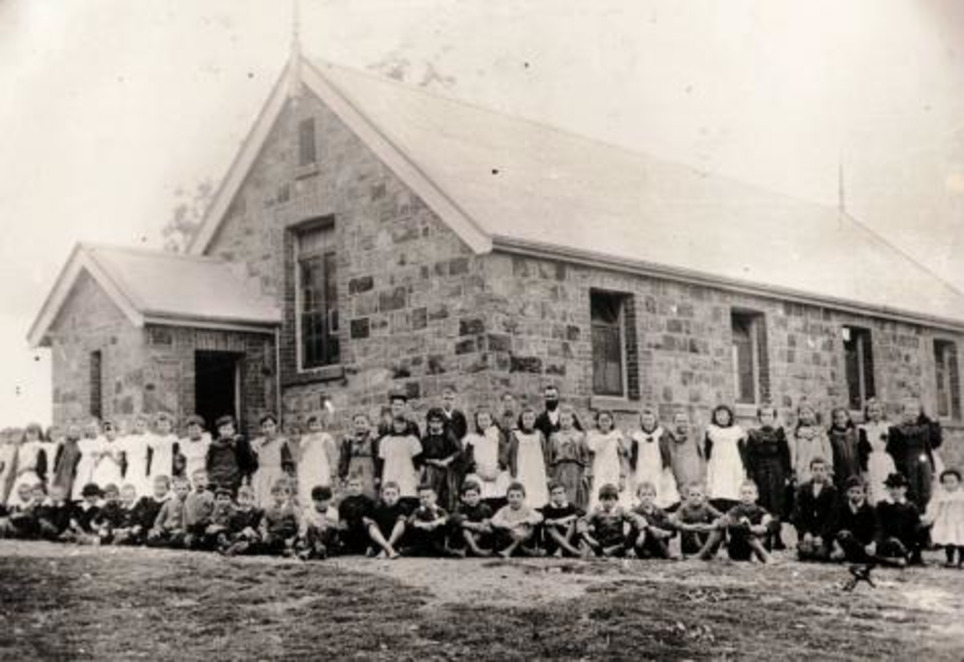
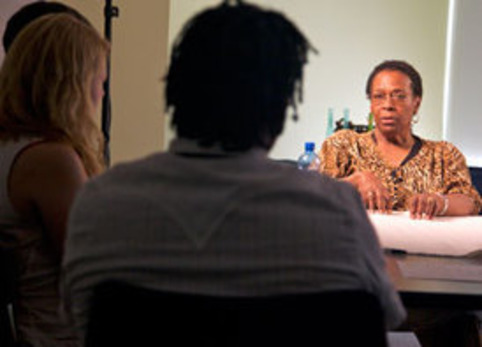























Although this video focuses on geography and science topics, it has a range of ideas that can be applied to teaching history. I love how the students are using a range of technologies to record and collect data. There is a real sense of purpose to their learning and the different technologies are useful and engaging. Getting outside of the classroom to teach history is essential.